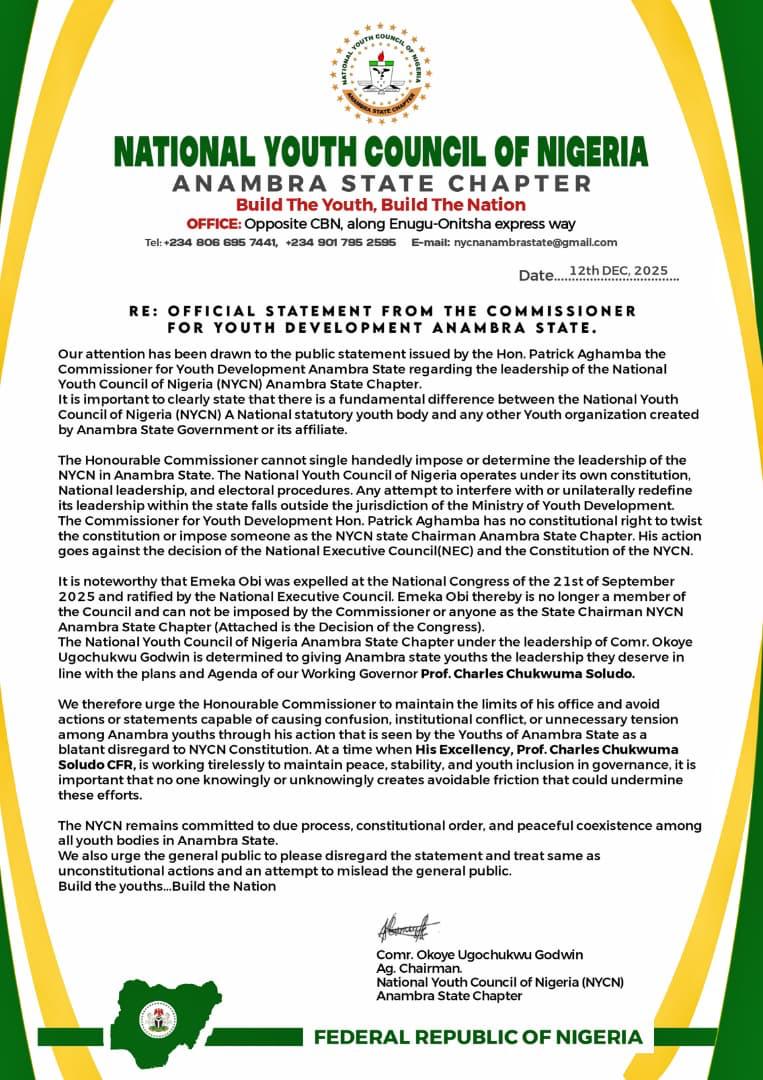The Canadian Government is planning to implement a national cap aimed at reducing the influx of international students into the country.
The immigration minister, Marc Miller, disclosed during an interview on Sunday with CTV’s Question Period that discussions with provincial governments will be necessary “to make sure that the provinces that have not been doing their jobs actually rein in those numbers on a pure volume basis.”
He remarked that the system has, in his view, become unmanageable and out of control.
Ekweanaedo News reports that Canada had increased the “cost-of-living financial requirement for study permit applicants,” specifically for international students, from $10,000 to $20,000, effective January 1, 2024.
Emphasizing on the new development, Miller said, “The Canadian government has faced criticism for welcoming an increasing number of immigrants — both permanent and temporary residents — while the country faces an acute housing shortage.”
Meanwhile, recent reporting by The Canadian Press, drawing on internal documents obtained through an access to information request, reveals that the government was cautioned by public servants two years ago about the potential impact of its ambitious immigration targets on housing affordability.
The Liberal government has established targets to admit 485,000 immigrants this year, followed by 500,000 in both 2025 and 2026.
Temporary residents, primarily consisting of international students and migrant workers, contribute significantly to the overall scenario, with over 300,000 of them entering Canada in just the third quarter of the previous year.
Miller mentioned that in the first and second quarters of this year, he will be exploring the possibility of implementing a cap on international students to mitigate the demand for housing.
In response to queries about the timing of the government’s contemplation of a cap, Miller explained that they are currently addressing the overall numbers at the federal level.
He added that a more detailed examination of the activities of individual academic institutions in various provinces is necessary, as some may be benefiting financially from the increased intake of international students.
“We need to be doing our jobs and making sure that we have a system that actually makes sure people have a financial capability to come to Canada, that we’re actually verifying offer letters.”
“And now it’s time for us to have a conversation about volumes and the impact that that is having in certain areas,” Miller said.
Hr also noted that a cap on international students would not be a “one-size-fits-all solution” to housing shortages
across Canada.
When pressed further on the number of international students coming to Canada far outpacing the number of homes the federal government has announced it’s planning to help build, Miller also said housing is only part of the calculation when it comes to immigration targets.
“The pressing need to bring down the average age of the workforce also needs to be taken into consideration,” he said.
Although he refrained from providing specific details, Miller mentioned that the federal government is actively contemplating a cap on international students and will continue to do so.
He emphasized that discussions on potential reductions in numbers will be held at the negotiating table with provincial colleagues, taking into consideration the financial requirements of academic institutions.




